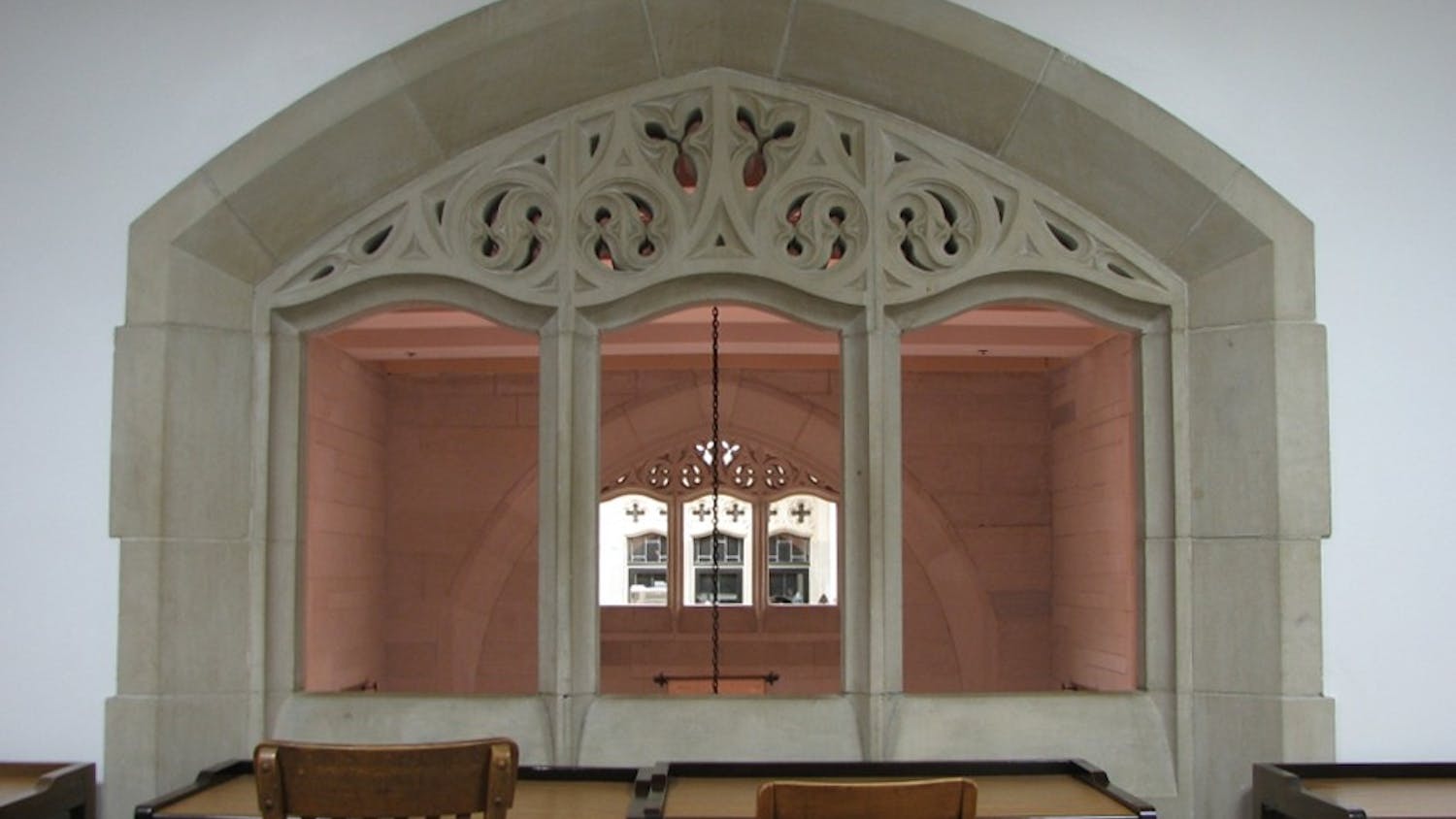IU carries a lot of power with it. A power that takes its shape in many different ways. Professors at IU have the power to influence future great thinkers. The education IU gives students powers them with the skills needed to succeed. As an institute of research, IU and its faculty have the power to change the world one day. But as a great source of academic power, IU can’t function without the physical power running through the water and electric lines of campus. Without literal power, IU is powerless as an institution.
Something that can seem so little, like having the power to turn on a light or a computer, is essential for IU to function as the powerful university it is. But that power comes at a cost. Water, coal, natural gas, and electric all have to be purchased, and those costs go beyond the monetary when weighing in the toll on the environment and people from emissions.
IU is now making strides to safeguard the future of energy use on campus by putting a priority on going green. In November, IU-Bloomington was one of 18 organizations chosen by Duke Energy to be Power Partners, according to a press release from Duke. The energy company made selections based on organizations’ commitment to responsible energy use.
As the only college or university on the list, IU was selected for implementing a range of programs aimed at reducing energy consumption, for designing and building energy efficient buildings, and for focusing on changing energy consumption behaviors of people on campus, according to the press release. Receiving this acknowledgment from Duke follows with IU’s push toward sustainable energy detailed in the latest Campus Master Plan.
“Environmental sustainability will play a crucial role in the development and improvement of Indiana University’s Bloomington Campus,” the Campus Master Plan reads.
This push for sustainability in the master plan includes goals for 2020 to reduce overall campus greenhouse gas emissions by 30 percent, reduce building energy use by 20 percent as well as completely phase out coal combustion on campus. The University has decreased water usage by more than 24 percent since 2004, even though campus continues to expand, according to the Office of Sustainability. The decrease in energy usage is also backed up with a goal to have at least 15 percent of campus’ energy coming from renewable sources.
To start working toward these goals, the IU Physical Plant, tasked with maintaining power on campus among other duties, is at the front of using cleaner energy. Since 2011, the Central Heating Plant has been weaning the campus off coal use, putting a focus on natural gas.
IU purchases electricity from Duke Energy, but all heating and cooling comes from the energy plant on campus. Now 95 percent of the fuel IU is burning comes from natural gas, according to the Physical Plant. At just two-thirds the carbon dioxide emission rate of coal, natural gas is a much cleaner alternative for heating.
Of the University’s carbon emissions, about 67 percent of that is out of campus control. Duke’s fuel source is more than 90 percent coal, and because of this IU is required to buy into dirty energy use.
When just looking at energy for heating, in the past two years, there has been a 48 percent decrease in emissions, with only a 5 percent decrease from electric.
As IU continues to be an influential power, there will be focus on the importance of its power sources.
Because with great power comes great responsibility.






